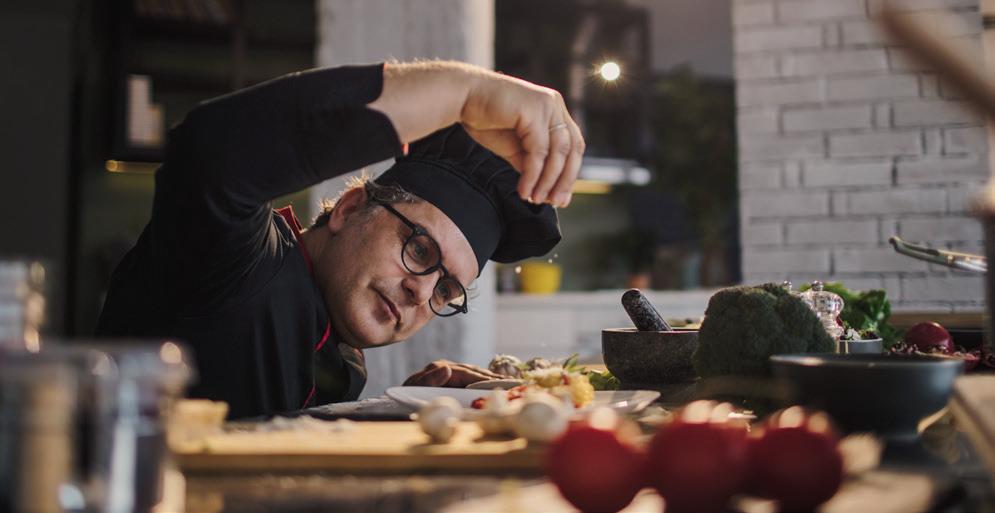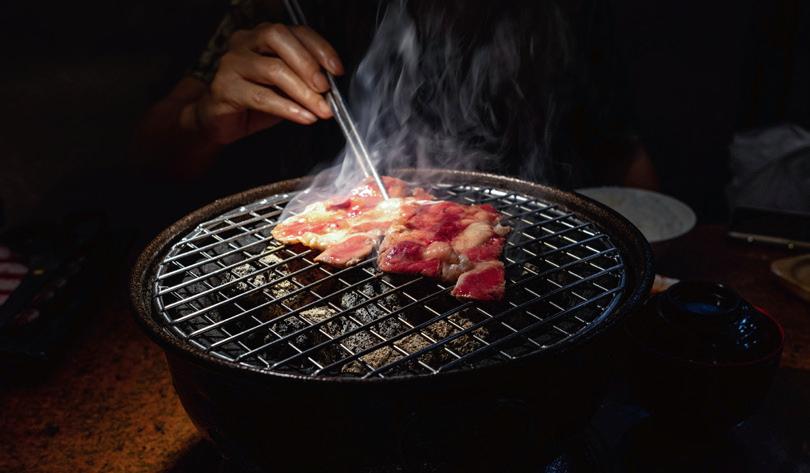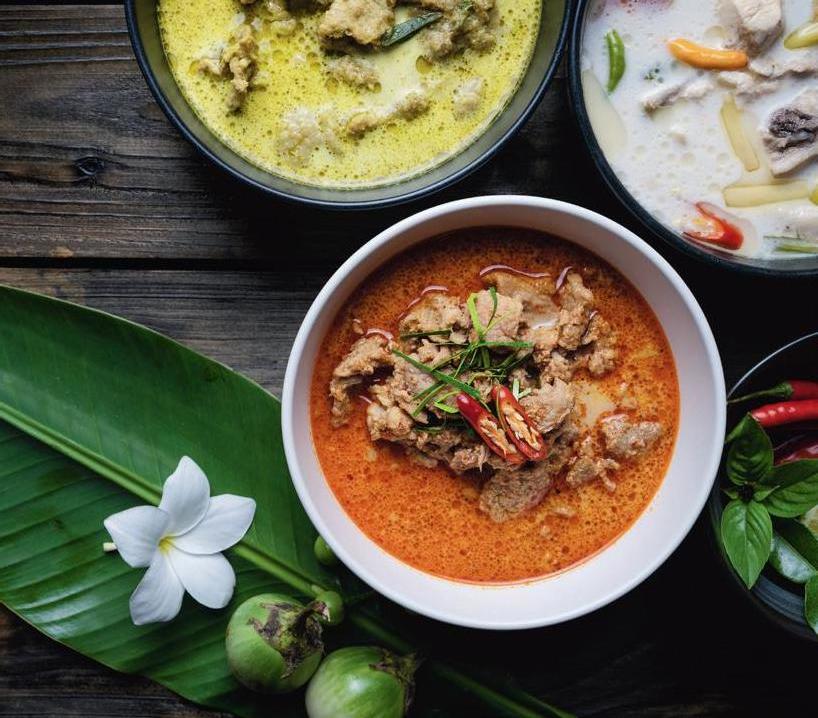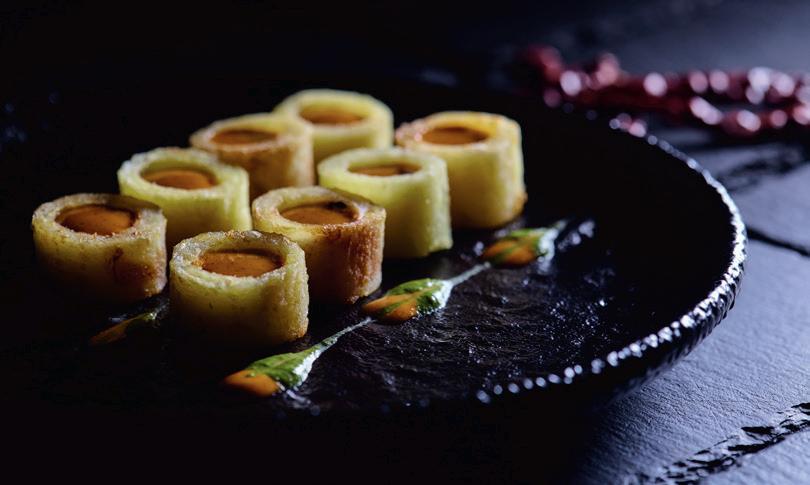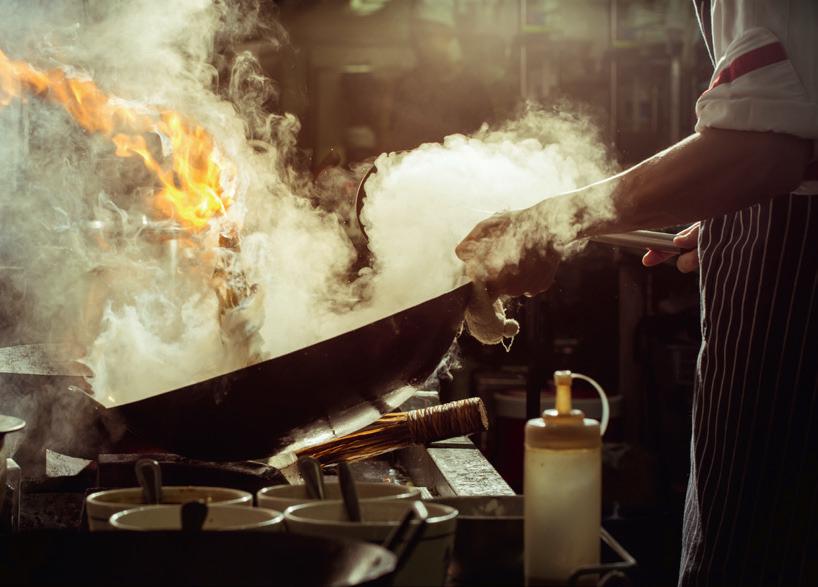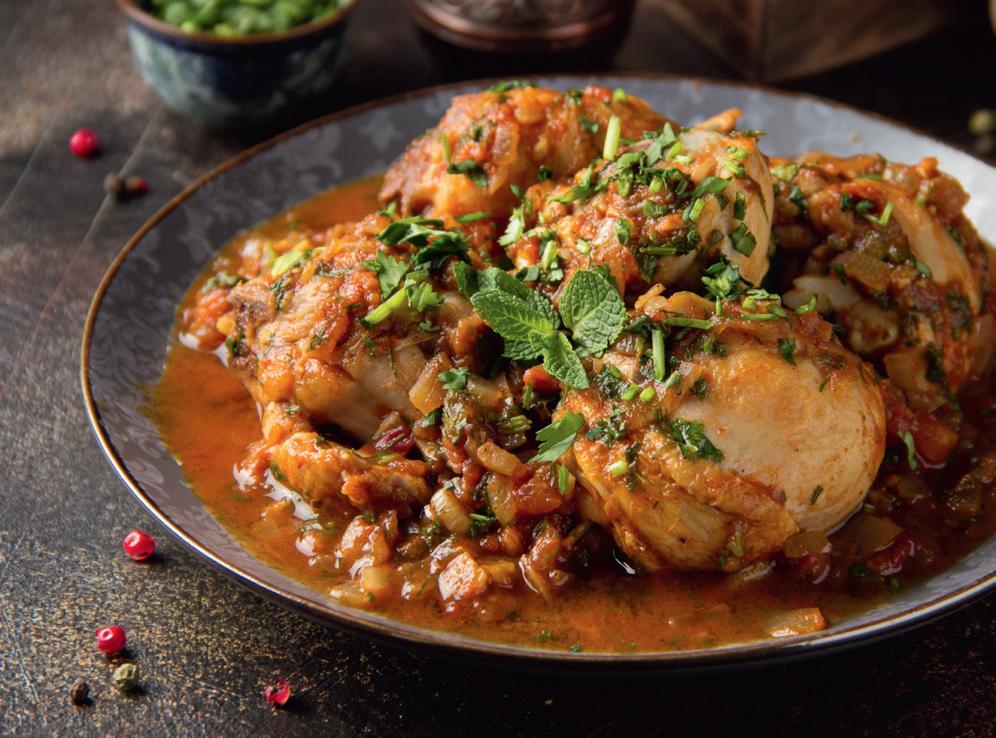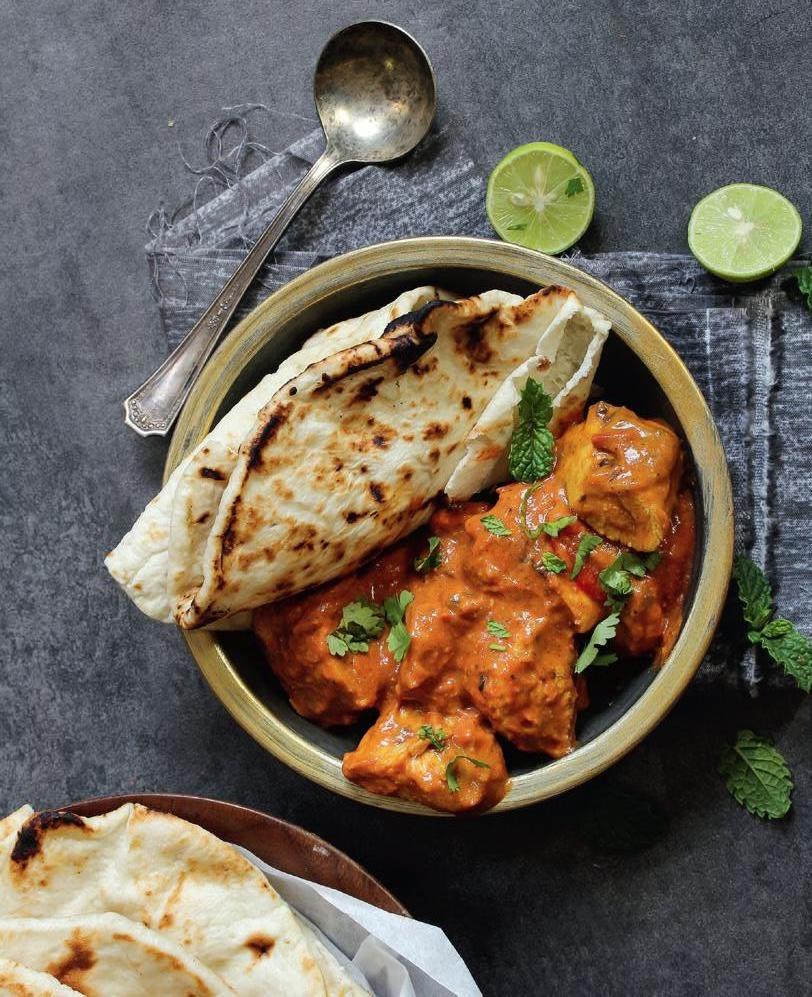W h a t’s o n t h e m e n u ?
KOREAN
Modern Korean food and customs are said to have come from the cultural traditions of the Korean royal court centuries ago. Korean meals often start with bowls of rice and soup, followed by numerous shared side
With a focus on fresh meat and vegetables,
dishes like kimchi, seaweed salad, and
as well as gut-friendly side dishes, Korean
dressed tofu that add depth and intensity.
food is often touted as ‘food for the soul’.
Korean food is commonly spicy, fragrant, and rich in flavour, with flavours like chilli pepper flakes, soybean paste, garlic, ginger, sesame, and sesame oil. For a taste of Korea, try agedashi tofu, mandu (Korean dumplings), and bulgogi, which is thinly sliced meat stir-fried with vegetables on a sizzling plate. Make sure you experience an authentic Korean barbecue where meats such as scotch fillet and short rib, as well as vegetables, are cooked on a charcoal grill.
Korean cuisine is highly regarded in many circles as a healthier style of cooking due to its focus on rice, vegetables and meats cooked without much oil. For example, there are hundreds of varieties of kimchi, a spicy fermented cabbage or vegetable side dish, which has been shown to improve gut health, as well as other benefits. This cuisine has evolved over centuries, but a number of outside forces have influenced Korean cooking. Korean cooking has picked up culinary influences from mainland China and the islands of Japan due to its location between the two global powers. Trade with European and other Asian countries also introduced new ingredients Find Korean cuisine in Camberwell
to the Korean diet such as corn, chilli
C A MB E R W E L L S HOP P I NG .C OM. A U
peppers and tomatoes.
13

